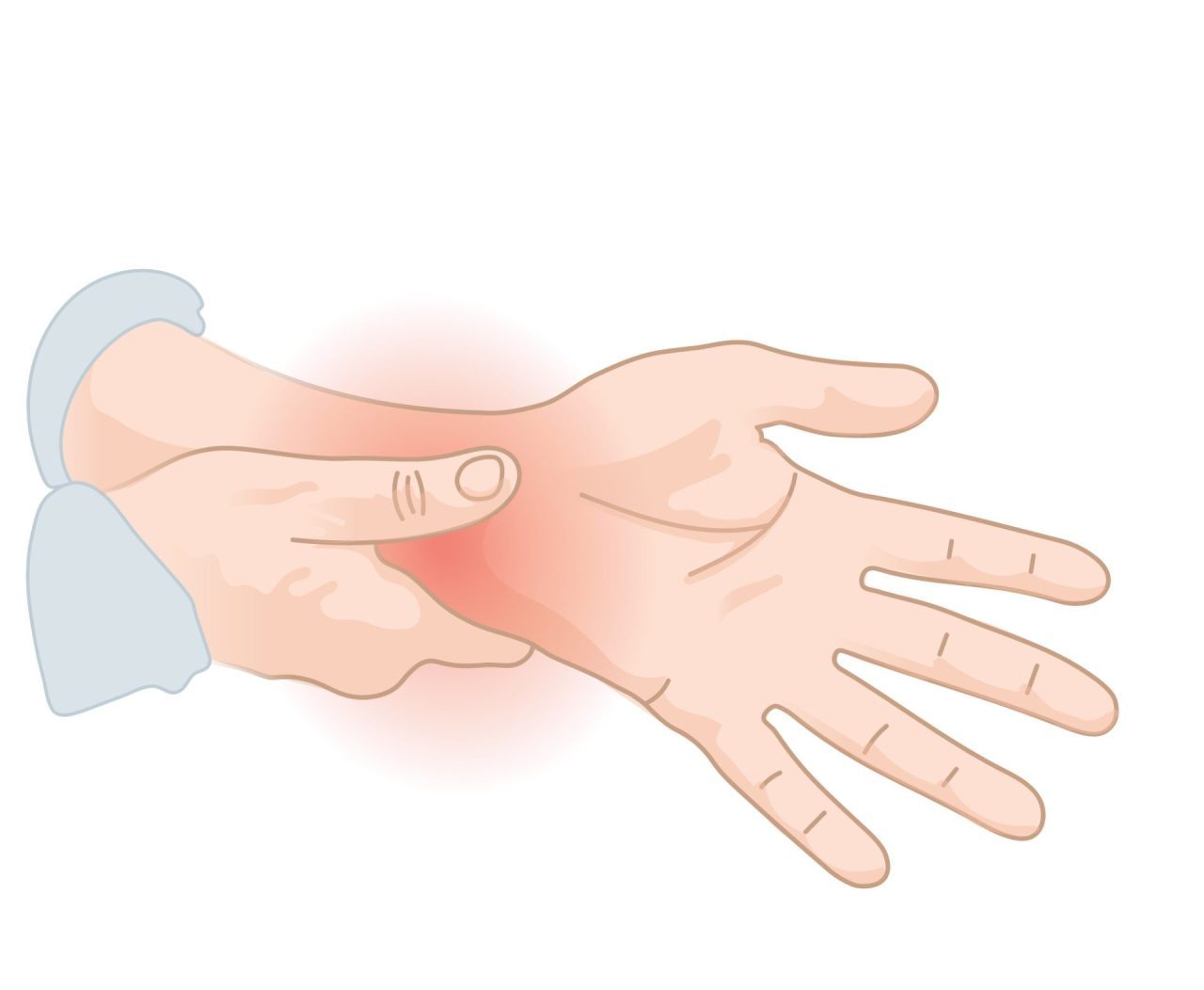Carpal Tunnel Syndrome is a common condition that affects the hand and wrist. It occurs when the median nerve, which runs through a narrow passageway called the carpal tunnel, becomes compressed or irritated. This compression can lead to symptoms such as pain, numbness, tingling, and weakness in the hand and fingers.
Managing Carpal Tunnel Syndrome requires a comprehensive approach to alleviate symptoms, improve hand function, and prevent progression of the condition. Physiotherapy plays a crucial role in the treatment process, helping individuals reduce pain, restore mobility, and regain strength in the affected hand.
The treatment of Carpal Tunnel Syndrome typically involves following the 5 stages of rehab:
- Pain management: The initial focus is on reducing pain and inflammation in the wrist and hand. Physiotherapists may employ various techniques such as manual therapy, soft tissue mobilization, and nerve gliding exercises to alleviate pain. They may also recommend the use of ice therapy and wrist splints to provide support and reduce stress on the median nerve.
- Range of motion: Once pain is under control, the emphasis shifts to restoring normal range of motion in the wrist and fingers. Physiotherapists prescribe gentle stretching and range of motion exercises to improve flexibility and alleviate stiffness. These exercises aim to gradually increase the wrist’s mobility and promote optimal hand function.
- Motor control: This stage focuses on improving hand and finger coordination and strengthening the muscles involved in fine motor skills. Physiotherapists prescribe specific exercises to enhance muscle activation and coordination, such as finger and thumb opposition exercises, dexterity drills, and grip strengthening exercises. They may also provide guidance on ergonomic modifications and proper hand positioning during daily activities to reduce strain on the wrist.
- Strengthening: Strengthening the muscles of the hand and forearm is crucial for improving grip strength and reducing the risk of further compression on the median nerve. Range physiotherapists will design a personalized exercise program that targets the muscles involved in hand and finger movement. This may include exercises using therapy putty, hand grippers, or resistance bands to gradually build strength and endurance.
- Maintenance: The final stage focuses on maintaining the gains achieved through rehabilitation and preventing recurrence of symptoms. Range physiotherapists provide guidance on proper ergonomic principles, including posture, wrist positioning, and regular breaks during repetitive activities. They may also advise individuals on self-management strategies, such as stretching exercises and stress reduction techniques, to minimize the risk of flare-ups.
In addition to physiotherapy, other treatment options for Carpal Tunnel Syndrome may include the use of nonsteroidal anti-inflammatory drugs (NSAIDs) to manage pain and inflammation. In some cases, corticosteroid injections or even surgery may be recommended, especially for severe or persistent cases.
It is important to work closely with a qualified physiotherapist who specializes in treating Carpal Tunnel Syndrome. Range physiotherapists will assess your condition, develop a tailored treatment plan based on the stages of rehab, and monitor progress throughout the rehabilitation process. With proper treatment, exercises, and modifications to activities, individuals with Carpal Tunnel Syndrome can experience significant pain reduction, improved hand function, and a return to their desired level of activity.
For more information regarding carpal tunnel syndrome please see: https://www.physio-pedia.com/Carpal_Tunnel_Syndrome?utm_source=physiopedia&utm_medium=search&utm_campaign=ongoing_internal
https://www.betterhealth.vic.gov.au/health/conditionsandtreatments/carpal-tunnel-syndrome


